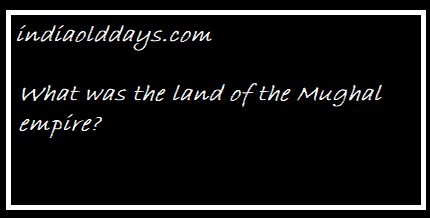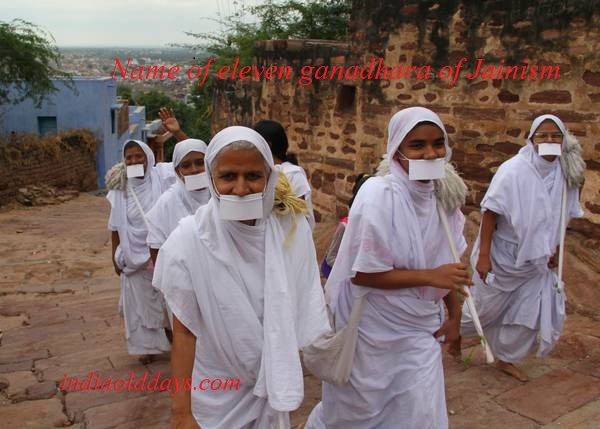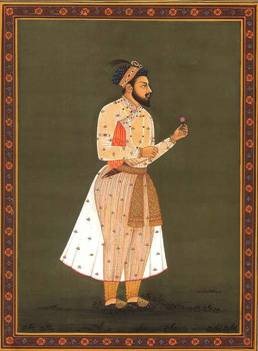Who was Esting
Etsing was also a Chinese Buddhist traveler similar to Hiuensang, who traveled to India after he returned. In 671 or 672 AD, when he was a young man, with a desire to see the remains of Buddhism with his 37 Buddhist colleagues, he decided to visit the Western world. Later, his companions left him and he boarded a ship from the city of Canton alone and traveled to India. He came to India via the sea route to the south. While reaching Sumatra and Lanka, he reached Tamralipti, where he stayed for three years and studied Sanskrit. From here he traveled to various places.
After his journey ended Sumatra around 693–94 AD, he returned to China. He carried around 400 copies of the Sutta, Vinay and Abhidhamma texts with him. Between 700–712 AD, he presented a translation of approximately 56 texts into Chinese. Etsing’s main text was written in Chinese. He was translated into English by the famous Japanese scholar Takkusu under the name A Record of the Buddhist Religion. From its study, we get the knowledge of society and culture of northern India in the seventh century.
At the beginning of his travelogue, Etsing gives details of 56 Buddhist travelers from China to India and its neighboring countries. Describing Sumatra, he tells us that on its banks there was a prosperous business establishment and religious sanctuary. Traders used to take goods from here to Canton. He also describes the difficulties of the passage. He also describes the religious traditions of Indians.
According to him, the followers of Buddhism are four sects which are as follows:
- Aryamahasanghiti
- Aryasthavir
- Aryamoolsarvastavadin
- Aryasammatiy
Were divided into four parts. Each sect was in advanced condition in Magadh. Etsing, describing Nalanda, writes that on the east side of it was situated a temple built by the king named Shreegupta for Chinese travelers on the banks of the river Ganges. He also describes the universities of Nalanda and Vikramashila, and praises Harsh’s charity and love of learning.
From Etsing’s description, we gain some knowledge about the Harsh period Indian religion and society, but it cannot be said to be as useful as the description of Hieunsang.
Reference : https://www.indiaolddays.com




